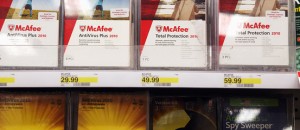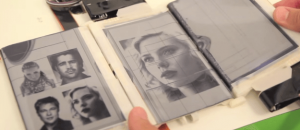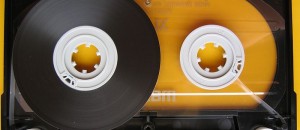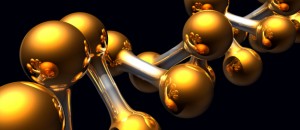Alexander Graham Bell is famous for inventing the telephone. There has long been a debate about who actually created the first telephone, but that’s not what we’re here to discuss today.
On April 15, 1885 in the American inventor’s Washington, D.C., Volta laboratory, Alexander Graham Bell made a recording for one of many different audio experiments.
The initial recording that Bell created was stored on a ‘wax-on-binder-board disk’ which was labeled as “unplayable” for quite some time, because the technology is so outdated. Bell donated the disk to the Smithsonian Institution’s archive, where it has been ever since. For a long time, researchers have been unable to play back the recording because they weren’t sure what audio device to use, or if the sound quality would be sufficient enough, especially after all this time.
Thanks to researchers from around the country, we can now hear Alexander Graham Bell’s early recording 128 years after the fact. That is pretty incredible stuff folks! The video below is the playback of Bell’s voice as restored by the researchers. It’s, without a doubt, entrancing.
The procedure to obtain the recording from the wax disk was discovered at the Lawrence Berkeley National Laboratory. The project itself was a collaboration between Smithsonian’s National Museum of American History, the Library of Congress, and Berkeley Lab.
I’ll be honest here, I don’t truly understand the technology used to extract the audio recording, so I’ll just offer this tidbit right from the official source:
Berkeley Lab’s Carl Haber and Earl Cornell developed the noninvasive optical sound recovery technology that gave Bell’s recording a second life. Their method is derived from work on instrumentation for particle physics experiments. It acquires high-resolution digital maps of the surface of audio media without touching them. It then applies image analysis methods to recover the data and reduce the noise of scratches and other damage. A few years ago, Haber and Cornell set up this technology at the Library of Congress, where it’s used to digitally restore audio recordings that are too fragile to play.
This isn’t the first time that the same technology was used to obtain a historic audio sample. Haber and Cornell also restored audio from 1878, from a St. Louis Edison tinfoil recording. They also restored one of the earliest sound recordings in history from the year 1860, which was originally a “phonautograph” paper recording done by a French inventor named Edouard-Leon Scott.
[via The Verge, Lawrence Berkeley National Laboratory]

 Email article
Email article




